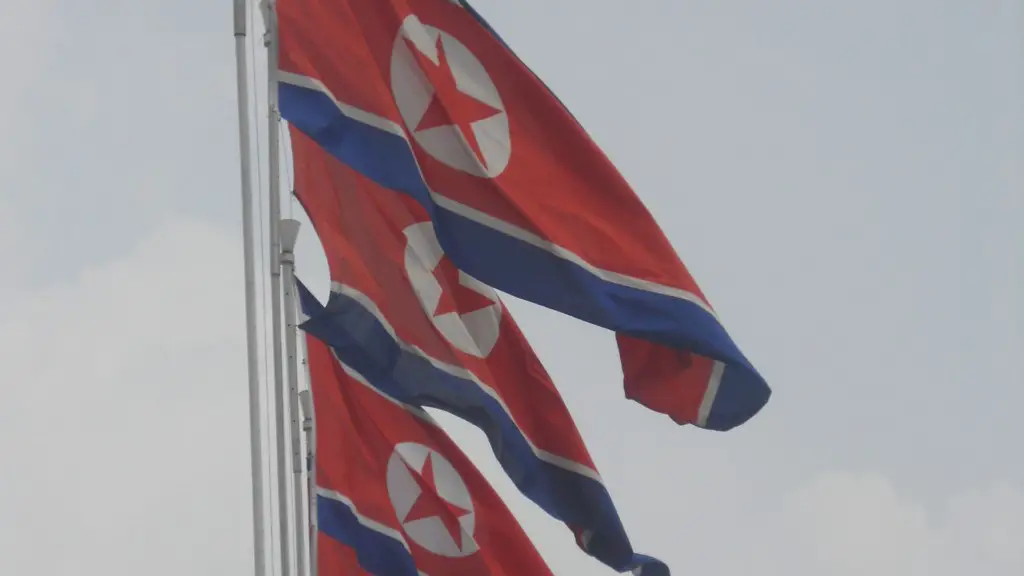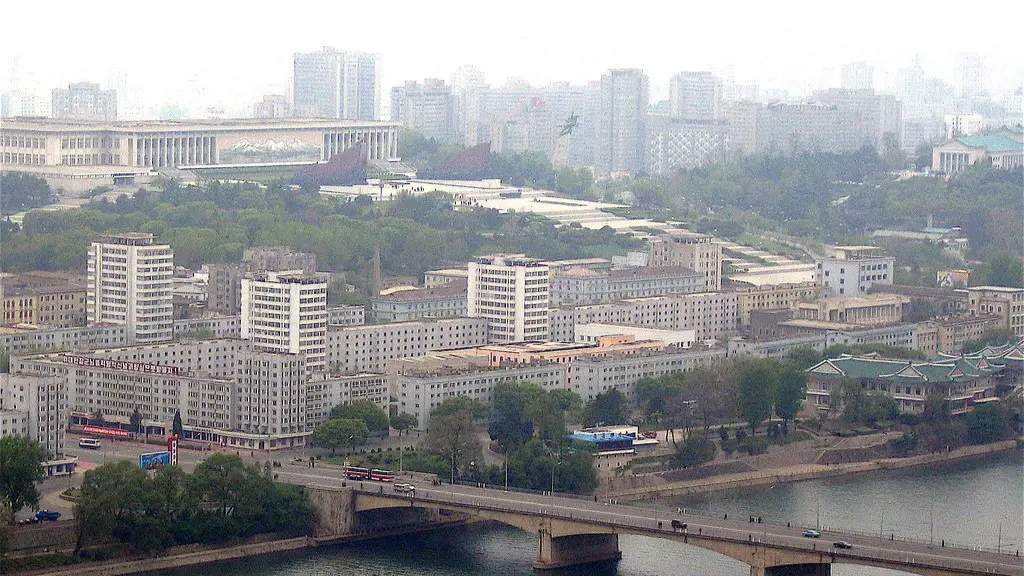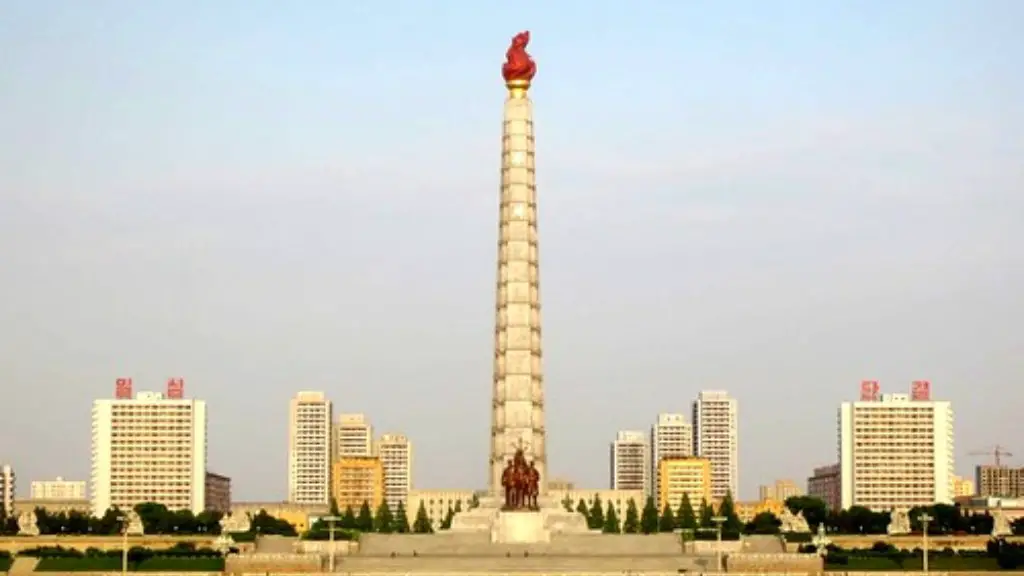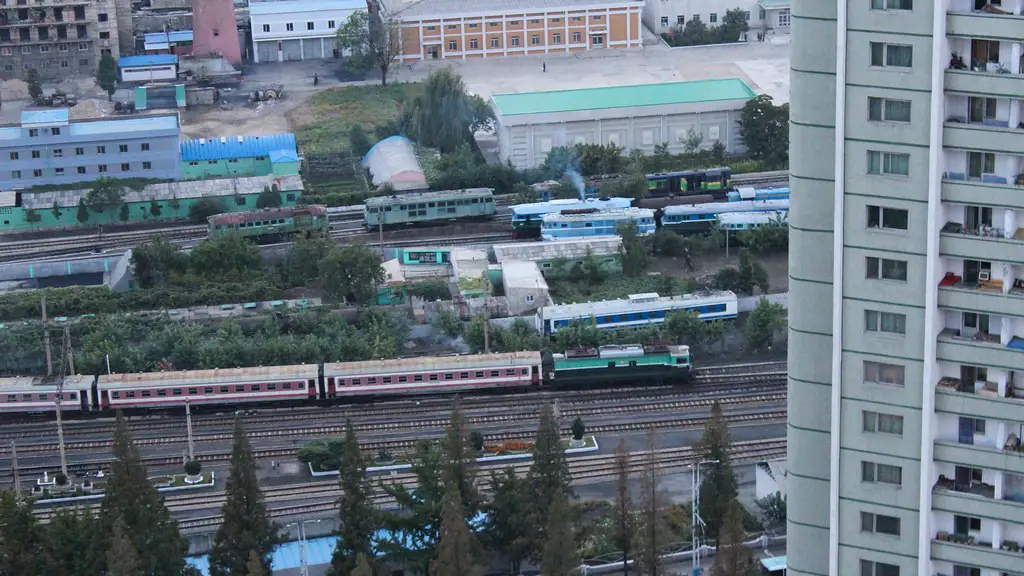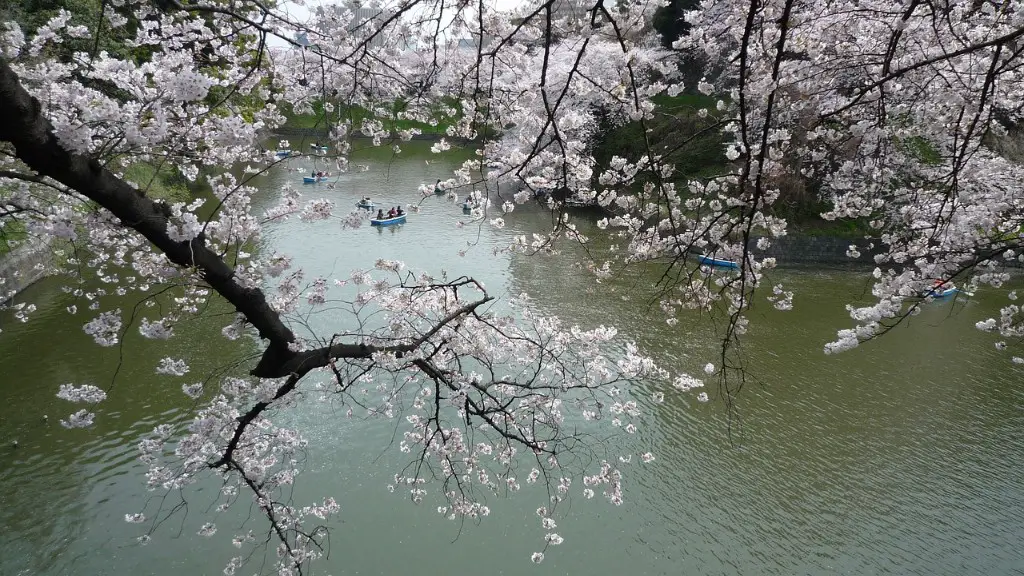Historical Context
North Korea and the United States have a long and complicated relationship stretching back to the end of the Second World War.
The Korean War between 1950 to 1953 saw the United States fight alongside a South Korea-led United Nations force against North Korea and China. While the war was never officially declared as it was never settled, it left a deep sense of mistrust between North Korea and the United States.
North Korea cut all ties with the United States in the late 1950s and adopted the Songun, or “military first” policy, where the military was placed at the forefront of North Korean society and state. North Korean leader Kim Il Sung continued to build up its military capabilities, culminating in the development in the early 1990s of nuclear weapons.
More recently, tensions between the two nations have risen in the wake of North Korean leader Kim Jong Un’s nuclear and missile tests. The United States responded by increasing sanctions, culminating in the 2017 United Nations Security Council Resolution 2321, which sought to restrict North Korea’s access to oil, among other things.
Military Standoff
The current situation between the United States and North Korea is one of a military standoff. The United States maintains 25,000 troops in South Korea, and has also deployed military assets to the region, including aircraft carriers and nuclear-capable submarines.
North Korea’s military capabilities have been growing in recent years, and in 2017 the country tested a series of ballistic missiles which were capable of reaching the US mainland. North Korea also tested a nuclear device in September 2017, its sixth and most powerful test to date.
In response, the United States has maintained a tough stance in the region, with the President issuing multiple warnings that North Korea will face ‘fire and fury’ if it continues its nuclear weapons program. The United States has also threatened to impose further sanctions on North Korea, in an effort to make the country stand down.
International Community Engagement
The international community have also been involved in trying to lower tensions between the United States and North Korea in recent years. South Korea has sought to open dialogues with its Northern neighbor, culminating in the recent summit between the two countries’ leaders, Kim Jong Un and Moon Jae-in.
The United States has also opened a dialogue with North Korea in recent months, culminating in the historic summit between US President Donald Trump and Kim Jong Un in Singapore in June 2018. The summit saw both leaders sign a joint statement in which they committed to work towards peace and the denuclearization of the Korean peninsula.
The United States and North Korea have also held three further meetings since the summit, with both sides offering concessions in an effort to improve relations.
Economic Sanctions
The United States has also used economic sanctions to try and get North Korea to abandon its nuclear weapons program. The US has imposed a number of sanctions on North Korea, including sanctions on individuals, businesses, and countries which trade with North Korea. This has resulted in North Korea becoming increasingly isolated on the international stage.
However, the sanctions have had little effect on the ground, as the North Korean economy is largely insulated from the international economy. Additionally, the sanctions have caused popular discontent in North Korea, as the majority of the population have had to suffer from the effects of the sanctions.
Prospects for Peace
While the situation between the United States and North Korea remains tense, recent developments have raised hope for a peaceful resolution to the impasse. The political and economic sanctions imposed on North Korea by the United States and the international community seem to be having some effect on the North Korean leadership, as Kim Jong Un has shown a willingness to open up dialogue and to make concessions.
The recent meeting between the US and North Korean leaders in Singapore showed the potential for peace between the two countries, and while relations remain tense, there is a glimmer of hope for a peaceful resolution.
Nuclear Weapons Program
A major sticking point in the current diplomatic situation between the United States and North Korea is the North Korean nuclear weapons program. North Korea claims that the program is for ‘defensive’ purposes, and that its primary goal is to protect North Korea from US aggression.
The United States, however, views North Korea’s nuclear weapons program as a major threat. The US is concerned that North Korea could use nuclear weapons to launch an attack on US forces or its allies, or that the weapons could fall into the hands of terrorists or other rogue actors.
Both sides have made it clear that they do not want war with each other, but the reality is that North Korea will not give up its nuclear weapons until it is safe in the knowledge that it will not face a military attack from the United States or its allies.
China’s Involvement
The situation between the United States and North Korea is also complicated by the involvement of China. China is North Korea’s closest ally, and has long been providing economic and political support to the North Korean regime. China has also been the country most willing to talk to North Korea, and has sought to bring the two sides back to the negotiating table.
China is also in a difficult position in regards to the situation between the United States and North Korea. On the one hand, China does not want to see a nuclear-armed North Korea, as it would upset the balance of power in the region. On the other hand, China does not want to see the North Korean regime collapse, as it would likely create a refugee crisis which would destabilize the region.
China has sought to play a mediating role in the current situation, and has urged both the United States and North Korea to talk and to resolve their differences.
Risk of War
Despite recent developments, the situation between the United States and North Korea remains tense, and the risk of war still remains. The US has made it clear that it will not tolerate nuclear weapons on the Korean Peninsula, and that its ‘all options are on the table’ if North Korea does not stand down.
North Korea has also made it clear that it is not willing to give up its nuclear weapons without guarantees from the United States, but the US has thus far been unwilling to make such guarantees. As a result, the impasse between the two countries remains, and the risk of war persists.
Public Opinion
The recent dialogues and summits between the United States and North Korea have led to a shift in public opinion in both countries. In the United States, opinion polls conducted since the Singapore summit have shown that the majority of Americans now support dialogue and negotiations with North Korea, rather than military action.
In North Korea, there has also been a shift in public opinion of the United States, with young North Koreans now having a more positive view of the United States. This suggests that the recent dialogues between the United States and North Korea have been beneficial in opening up the lines of communication between the two countries.
Diplomatic Solutions
The current situation between the United States and North Korea remains volatile, and it is unclear what will happen next. However, the recent dialogues and summits have shown that there is a path forward for a diplomatic solution to the crisis.
It is up to the leadership of both countries to continue to engage in dialogue and reach a peaceful resolution to the conflict. If they can do this, there is hope for a brighter future for the Korean Peninsula and a more stable relationship between the United States and North Korea.

